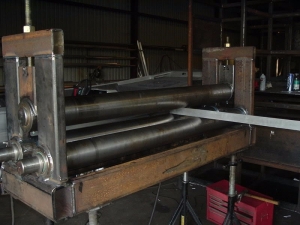

There was a time when people could make a game or an app overnight and earn money. So why some games succeed and make to the tops and others - don’t? What key points we might miss while making a game - hyper-casual games specifically? Why are some games good, but they never make that important transition from good to great? Therefore, it is critical to analyze and understand the reasons behind successful titles.

Nowadays there are hundreds of game development studios and teams that make hyper-casual games, and dozens of publishers who offer hyper-casual game publishing services. This means the genre is actively transforming and evolving. Although there are predictions that the market is shifting from hyper-casual to hybrid-casual games but this does not mean hyper-casual games are dying. Today hyper-casual game genre is very popular among players and game developers. It is based on several psychological experiments presented by professor Daniel Kahneman in his book Thinking, Fast and Slow, who received the 2002 Nobel Prize in Economic Sciences for his pioneering work with Amos Tversky on decision making. The article discusses general approaches to design interesting games, and then projects that knowledge on hyper-casual genre by considering its peculiarities. The aim is to achieve both higher retention rates and lower CPI numbers for hyper-casual games. This article discusses an approach to make more interesting and pleasurable hyper-casual games.


 0 kommentar(er)
0 kommentar(er)
